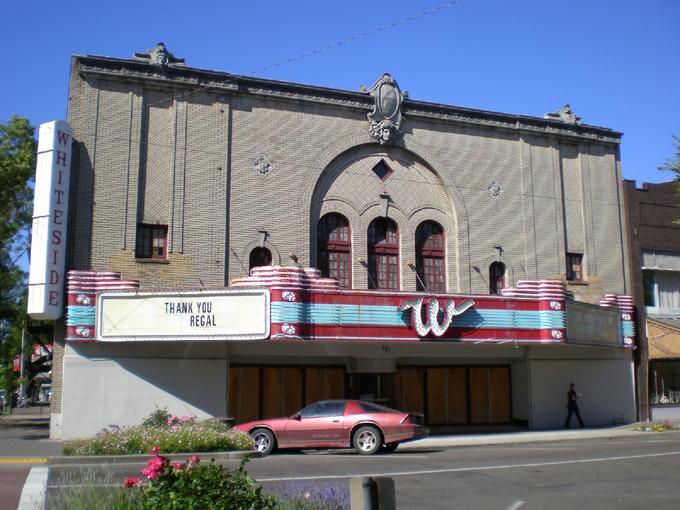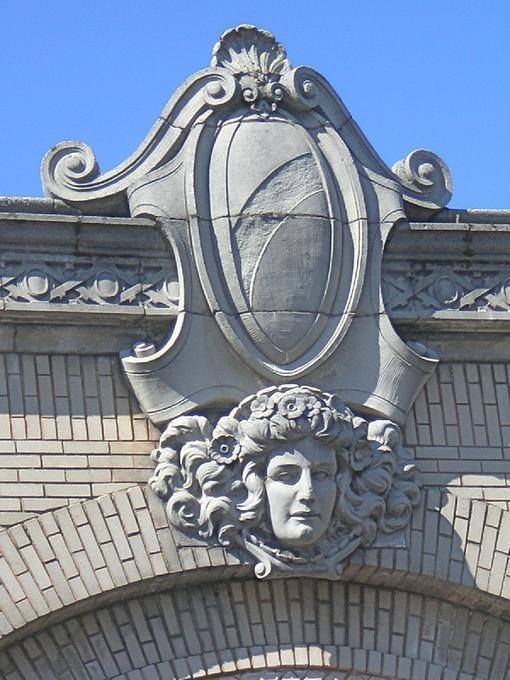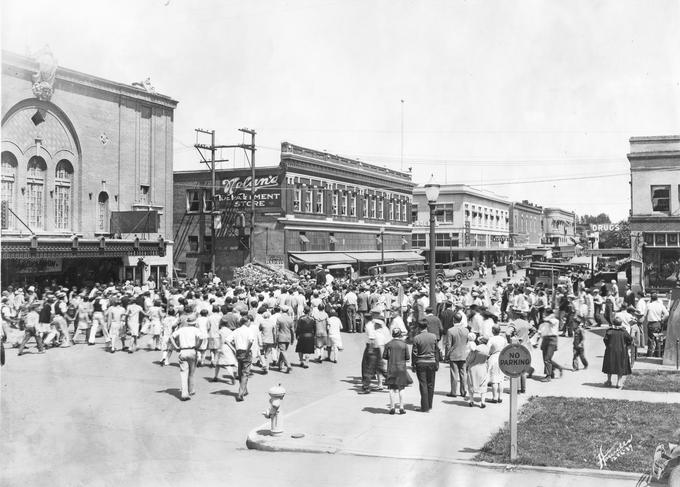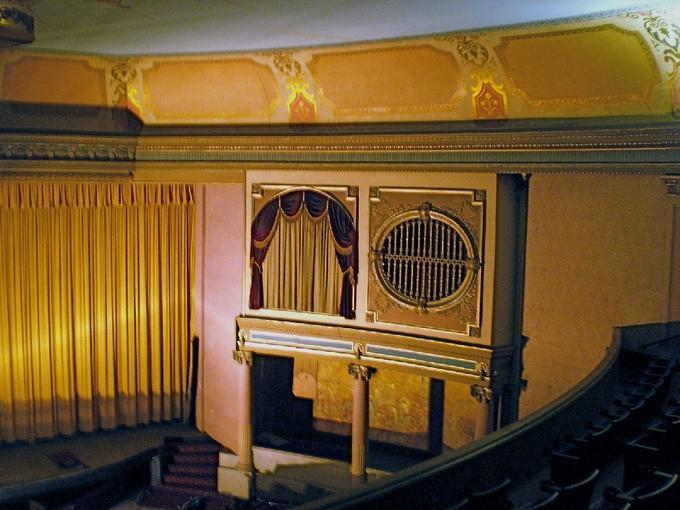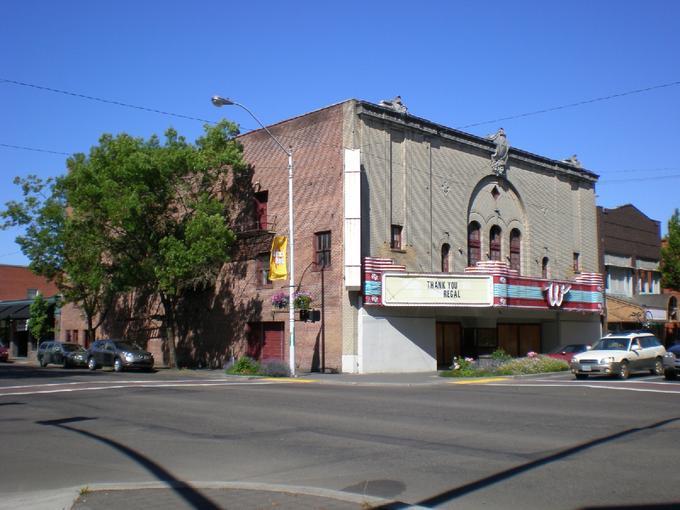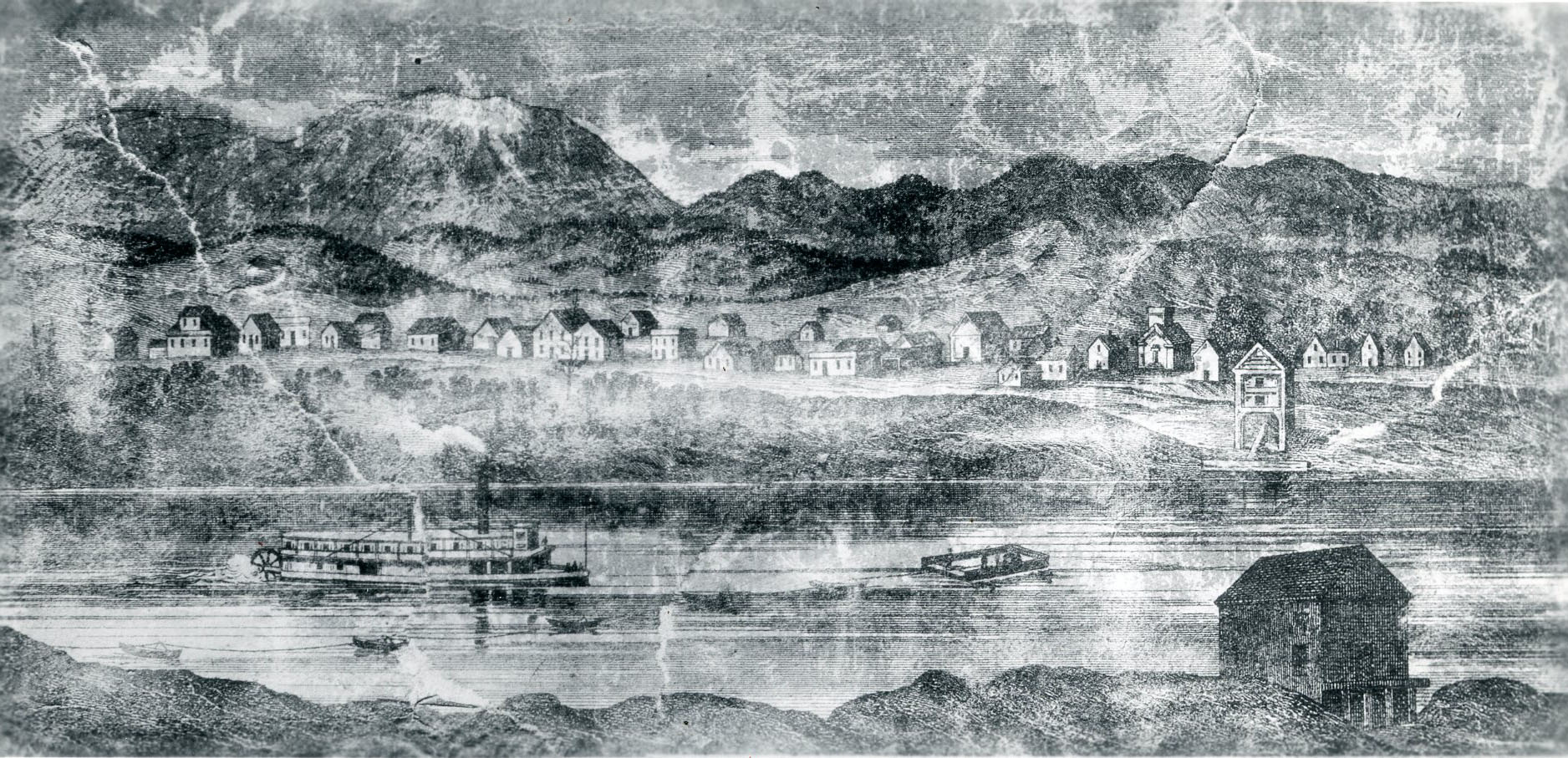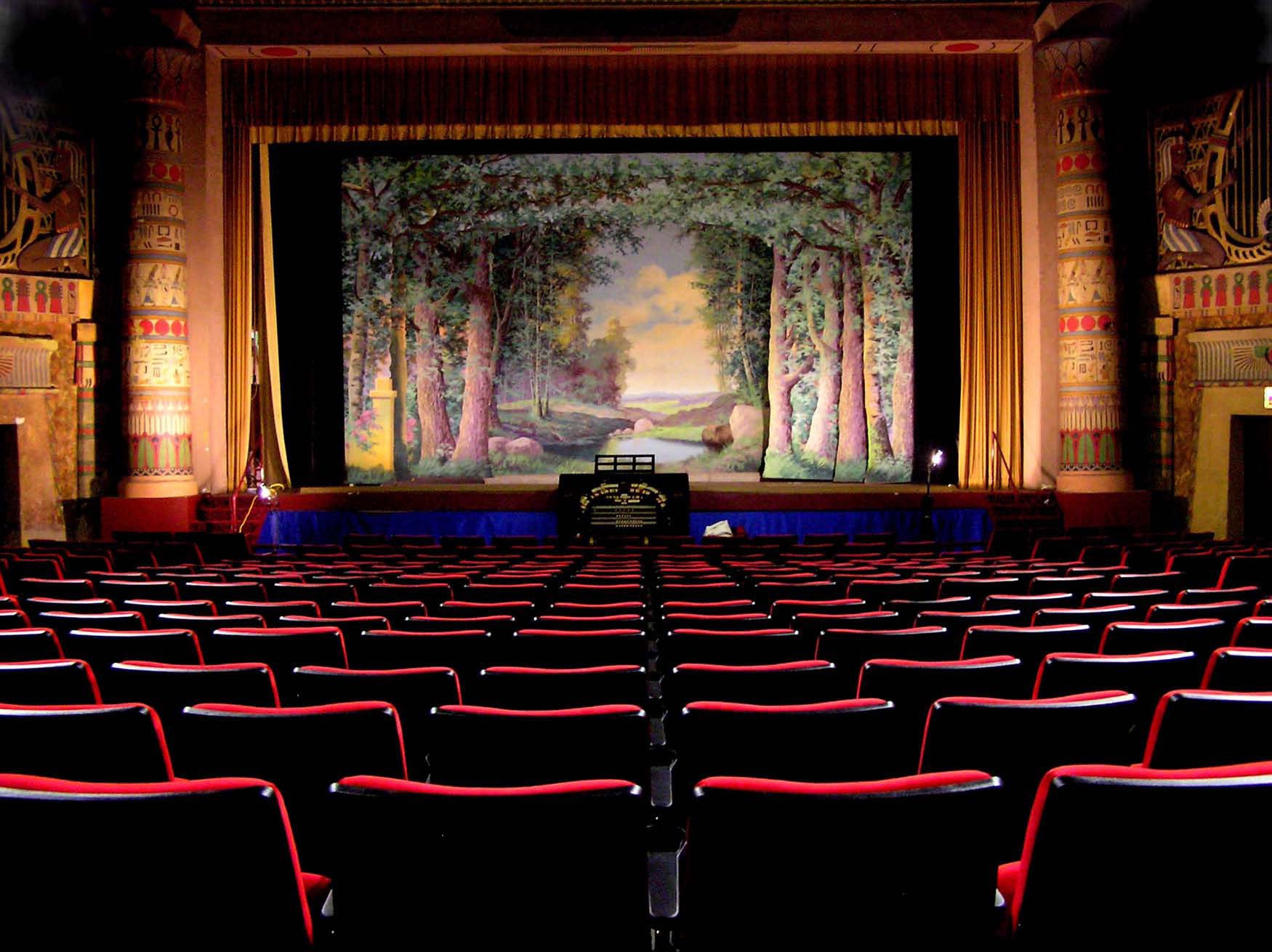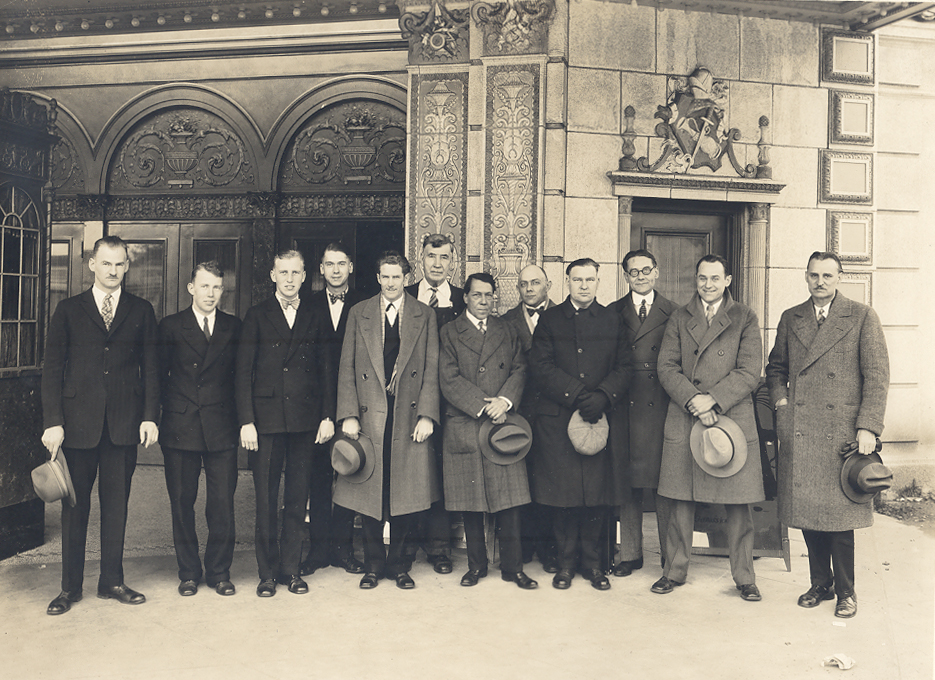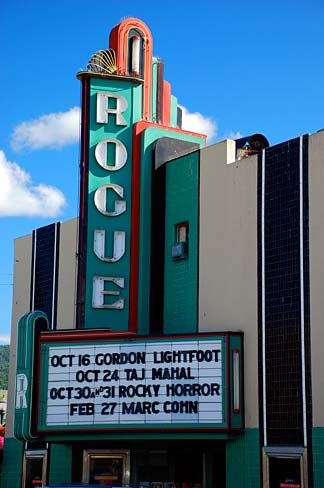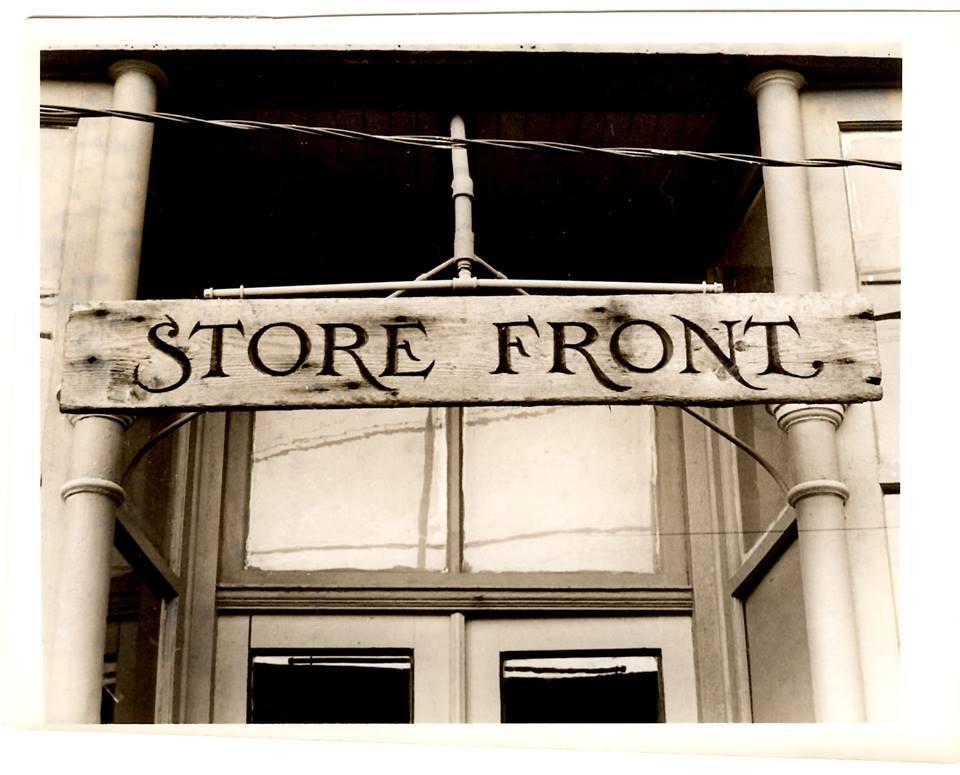On January 27, 2002, after a showing of Lord of the Rings: Fellowship of the Ring, the nearly century-old Whiteside Theatre in Corvallis closed, some people thought forever. The movie house, located at Southwest Madison and 4th Avenue, had faced declining ticket sales and sluggish attendance since the 1980s, while costs had risen dramatically. Time and neglect reached a climax when the plumbing system failed and the owner, Regal Entertainment Group, quietly closed the doors. The aging structure remained mostly vacant for six years, until an inspired group of theater preservationists and community supporters decided to save it.
The closing of the Whiteside stood in sharp contrast to its much-heralded opening on November 9, 1922. The Corvallis Gazette Times dedicated several pages to the event and lauded the Whiteside brothers, Samuel (1878–1943) and George (1874–1954), as model business leaders. The brothers had moved from Iowa to Corvallis with their parents in 1891. After high school, they worked odd jobs and pooled their resources to open a traveling tent show they named the Corvallis Amusement Company. In the years that followed, the Whitesides built, purchased, or operated the Palace, Crystal, Idlewile, Majestic, and State theaters, the last remodeled from the family automobile sales and garage business.
The Whitesides’ hallmark year in business was 1922, when they worked with architect Henderson Ryan to construct their dream theater. They named it the Whiteside to honor their father, whom they credited with inspiring them. The 70-by-100-foot building of Italian Renaissance design has an exterior of fifteen thousand pressed cream-colored concrete bricks, plaster ornamentation, cathedral-glass windows, cornice masks, an egg-and-dart pattern, and a blank oval cartouche to honor those who died in World War I. The original flat-roofed marquee was replaced in the 1950s with a neon version spelling out the theater’s name. Construction costs of the original building were an estimated $110,000 (about $1.6 million in 2022).
The Whitesides wanted patrons to feel like royalty entering a country manor, and they outfitted the interior with decorative carpeting, wall statues, tapestries, beveled mirrors, a marble drinking fountain, lighted garden boxes, and alcoves with flowers. "From the front, which is of tile, marble and plate glass to the back end of the screen,” the Corvallis Gazette reported, “all is elegance, beauty and comfort.” The bathrooms were lavishly decorated with wicker furniture and artwork, and the balcony offered comfortable seating and a clear view of the stage. The opening night's sellout crowd paid fifty cents to enjoy a thirty-minute concert on the $20,000 Wurlitzer organ, followed by popular silent film The Old Homestead and Buster Keaton's slapstick The Boat.
Universal Theaters Corporation took over operations of the theater in 1927, and while the Whiteside brothers retired, they remained owners of the building and the property. That year, a backstage fire destroyed most of the interior, including the Wurlitzer. Two women escaped by climbing out a bathroom window and scrambling over the marquee. The brothers came out of retirement, took over operations, and restored the building in two months. They added talking picture equipment in 1928 and were the first to show a "talkie" in Corvallis.
In 1933, Fox Theaters, which by then managed the movie house, declared bankruptcy. Once again, the Whiteside brothers stepped in to run the theater; members of the Whiteside family would continue ownership until 1985. When fire struck again in 1936, some moviegoers thought it was part of the film and demanded their money back. They refused to leave until the fire and choking smoke forced them out.
The next four decades swung between years of prosperity, especially during World War II and the early 1950s, and years of neglect. ACT III Theatres purchased the Whiteside in 1985 and then sold it to Regal Entertainment Group in 1998. In 2002, facing hundreds of thousands of dollars in repairs and upgrades, Regal closed the theater to films.
The building stood mostly vacant until 2008, when Regal donated it to the Friends of the Whiteside Theatre and the Whiteside Theatre Foundation, nonprofit groups that wanted the theater converted into a performing arts center. Within five years, community supporters, business leaders, and the foundation had raised enough money to re-open the doors, with much of the decorative exterior and portions of the original interior intact or restored. The neon marquee was re-lit in November 2013, to much fanfare. Restoration of the theater was completed by 2017. The replacement organ, which survived the 1936 fire and was rehoused at Oregon State University, will eventually return.
Before the Covid-19 pandemic, the Whiteside offered two events a week, including shows, classic films, live events, and educational programs. The Whiteside Theatre Foundation has proposed creating an entertainment district in downtown Corvallis, with the Whiteside, Darkside, and Majestic theaters as anchors.
-
![]()
Whiteside Theatre, Corvallis.
Courtesy Oregon State University Libraries -
![]()
Central cartouche on the front of the Whiteside Theatre.
Courtesy Oregon State University Libraries -
![]()
4H event at the Whiteside Theatre, 1929.
Courtesy Oregon State University Libraries -
![]()
Whiteside Theatre, interior.
Courtesy Oregon State University Libraries -
![]()
Whiteside Theatre, Corvallis.
Courtesy Oregon State University Libraries
Related Entries
-
![Corvallis]()
Corvallis
Nestled on the west side of the mid-Willamette River, Corvallis is domi…
-
![Egyptian Theatre]()
Egyptian Theatre
The Egyptian is a vaudeville-era theater located at 229 South Broadway …
-
![Hollywood Theatre]()
Hollywood Theatre
On July 17, 1926, Claude C. Jensen and John G. von Herberg, owners of a…
-
![Rogue Theatre]()
Rogue Theatre
During some of the darkest days of the Depression, Grants Pass resident…
-
![Storefront Theatre]()
Storefront Theatre
From 1970 to 1990, Storefront Actor's Theatre produced some of the most…
Related Historical Records
Map This on the Oregon History WayFinder
The Oregon History Wayfinder is an interactive map that identifies significant places, people, and events in Oregon history.
Further Reading
“New $110,000 Whiteside Theatre Opens Friday.” Special Whiteside Theatre Section. Corvallis Gazette-Times, November 9, 1922.
Novak, Theresa. “Whiteside Theatre lights up marquee, and crowd glows with memories.” Corvallis Gazette-Times. November 9, 2013.
“The Whiteside Theatre Foundation: History.” 2019.
“Inventory No: 231 Whiteside Theatre.” Corvallis, Benton County Oregon Cultural Feature and Object Inventory Form: 231 B. Corvallis Preservation Society, Inc. March 6, 1984.



